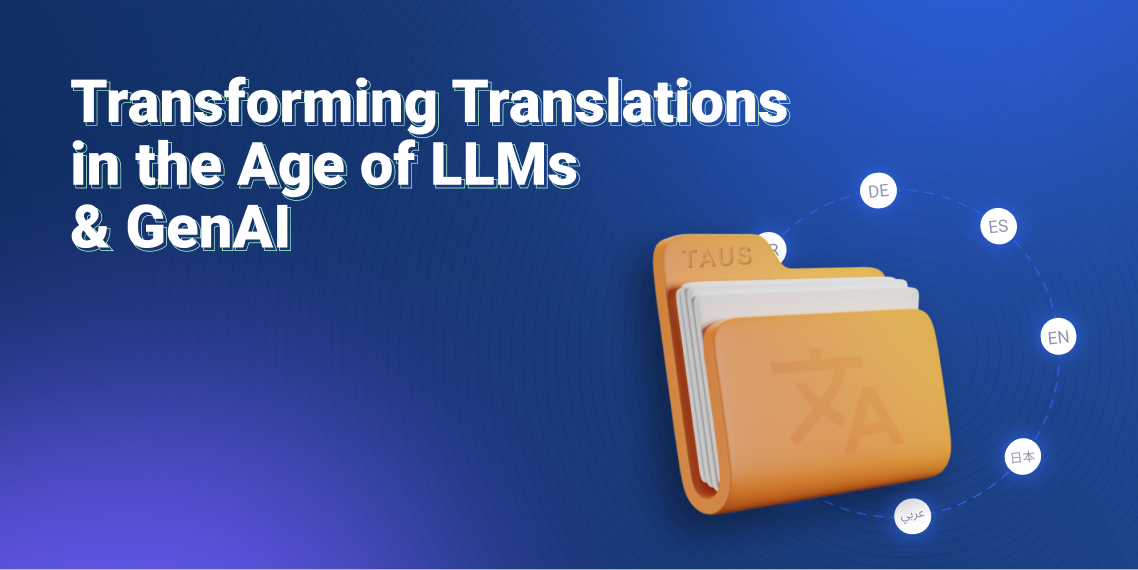What is Speech Recognition and how to do it?

The implementation of AI & ML algorithms and computation techniques are helping to improve the accuracy of recognizing speech into text
Speech recognition is a complex mélange of linguistics, mathematics and statistics. Also known as speech-to-text, it attempts to identify spoken words to then process human speech into written format. To do so in the most natural and precise way, AI and ML are used to integrate grammar, syntax, structure, and composition of audio and voice signals to best understand & process human speech.
When it comes to actually doing the work, different projects have different speech recognition requirements, which play a role when it comes to selecting the most adequate features to suit these specific needs. Some of the common features of speech recognition are:
- Language Weighting: by weighting specific words which may be used more frequently in specific scenarios (e.g. product or brand names, industry jargon) over more commonly used expressions, accuracy is increased.
- Speaker Labeling: this is useful in multi-speaker conversations, wherein each participant’s contribution is tagged separately, making it easier to identify who said what
- Acoustics Training: this practice ensures that a system adapts to external acoustics which may be present during a conversation (e.g. wind gusts, traffic noise, coughing), without allowing these to interfere with word recognition.
- Profanity Filtering: as the name suggests, in this case, filters are used to clear out unwanted words or phrases which come from a profanity nature.
How does Speech Recognition work?
Speech recognizers are composed of various components: there is speech input, feature extraction, feature vectors, a decoder, and a word output. Or in simpler terms, speech recognizers make use of algorithms to help with the interpretation of spoken words into text by following these steps:
- They analyze the audio
- They consequently break this audio into parts
- They digitize the audio into a computer-readable format
- They use an algorithm to match the audio to the most suitable text representation
This fourth step is done by the decoder, which leverages acoustic models, a pronunciation dictionary, and language models to determine the appropriate output.
In terms of quality metrics, speech recognition is measured based on its accuracy rate. Aspects such as pronunciation, accent, pitch, volume, and background noise all nuance the word error rate found in possible output, thus both acoustic and language models must be taken into consideration:
- Acoustic models: represent the relationship between linguistic units of speech and audio signals.
- Language models: here, sounds are matched with word sequences to distinguish between words that sound similar.
Thus, AI and ML help with improving accuracy, through the implementation of various algorithms and computation techniques to recognize speech into text. The most commonly used ones are the following:
- Natural Language Processing (NLP)
- Hidden Markov Models
- N-Grams
- Neural Networks
- Speaker Diarization
Use Cases: what is Speech Recognition typically used for?
- Automotive: in more recent car models, there are multiple voice-activated navigation tools that allow the driver to alter aspects such as navigation systems without looking away from the road or using their hand, thus increasing overall road safety
- Customer service: in this regard, virtual assistants are becoming increasingly common to help out in telephone calls for example
- Day-to-day technology: a clear example of speech recognition for this case would be our use of virtual assistants on our smartphones, such as Siri, or other devices, such as Alexa
- Education: speech recognition can help enhance pronunciation-related language instruction
- Emotion recognition: through the analysis of vocal characteristics, speech recognition software is able to determine a specific emotion someone is trying to convey. Emotion recognition is particularly useful when paired with sentiment analysis as it can help with understanding how a customer feels about a certain product or service
- Hands-free communication: similarly to the uses of speech recognition for automotive purposes, it can be further used in other instances, such as answering a call without having to pick up your smartphone
- Security: voice-based authentication is a way in which speech recognition is used for security purposes in our day-to-day activities
Main Takeaway
Speech recognition can serve many benefits, but in order to do a good job at it, you need high-quality training data, where diversity is key.
Through the TAUS HLP Platform, we are able to provide this data for your specific speech recognition project needs, with the help of our community of workers. Get in touch with us to receive more information about our speech recognition services.

Pamela is the Marketing & Training Coordinator at TAUS. With her background as a Communication Science student, she aims to finds the best ways to engage users both on social media channels as well as occasional blog articles.



